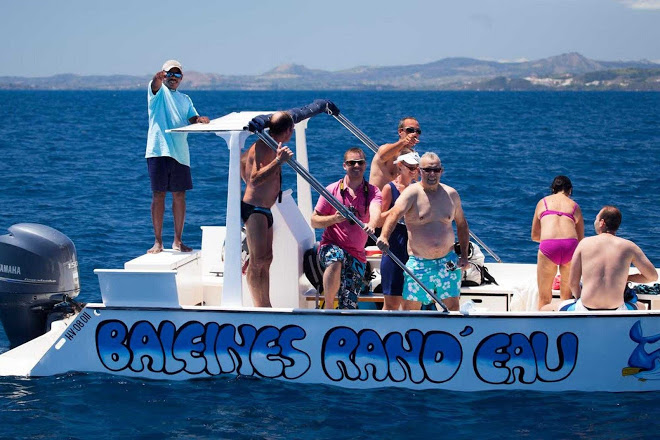The whale shark is the largest fish in the world, its size being up to 15 meters for 34 tonnes! However, most of the specimens encountered rarely exceed 12 meters. The whale sharks that we can see in Nosy Be are between 4 and 10m long, they are mainly juveniles.
They come to the tropical waters of Nosy Be to feed, on the surface, in the middle of shoals of bonito. Placid, calm and curious, these giants of the sea can easily be observed by swimmers and boats while respecting a specific code of conduct.
Whale sharks are still very little known. We still don't know a lot about them despite research programs in place around the world.
Un programme de recherche est en place depuis 2016 à Nosy Be, avec lequel les Baleines Rand’eau s’associe depuis le début. Vous trouverez d’avantage de détails sur la page du programme : Madagascar Whale Sharks ProjectEvery year we welcome volunteers from the Madagascar Whale Shark Project on our boat who come to participate in a participatory science program
Compliance with instructions and approach codes is a priority for us! The charter which was put in place by the Madagascar Whale Shark project in 2016 and which has become Malagasy law since January 2024. Every operator, every passenger, every skipper has a duty to respect it.


